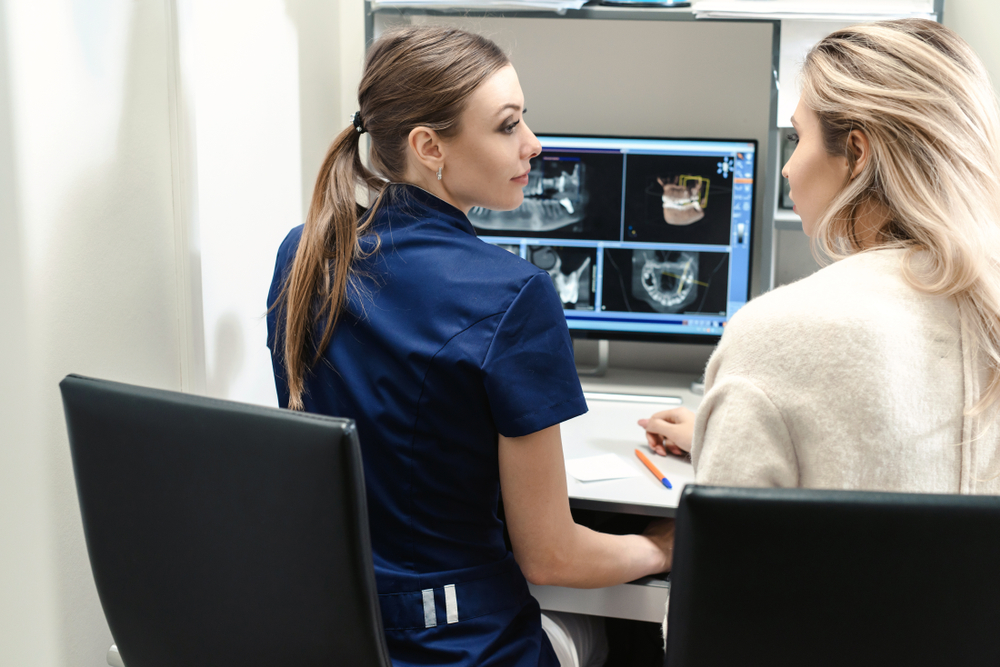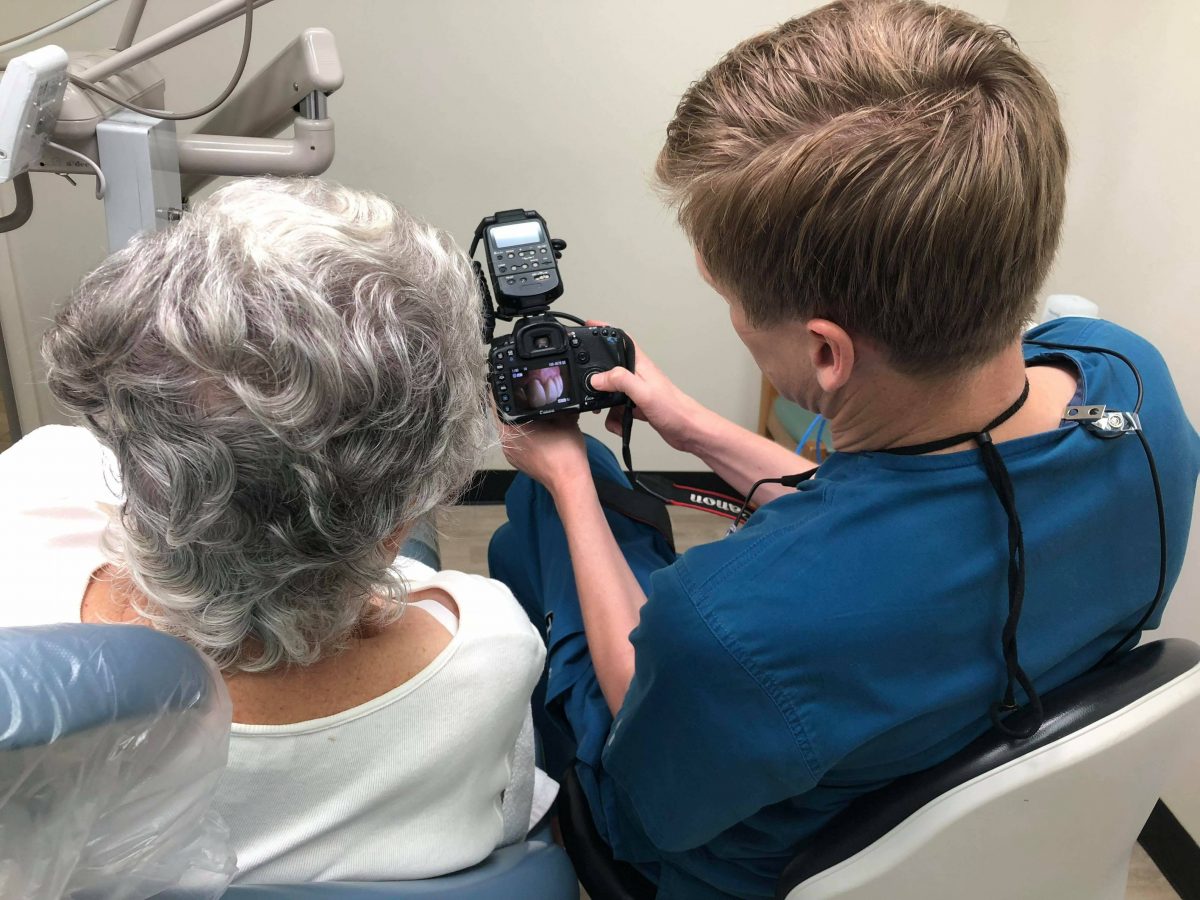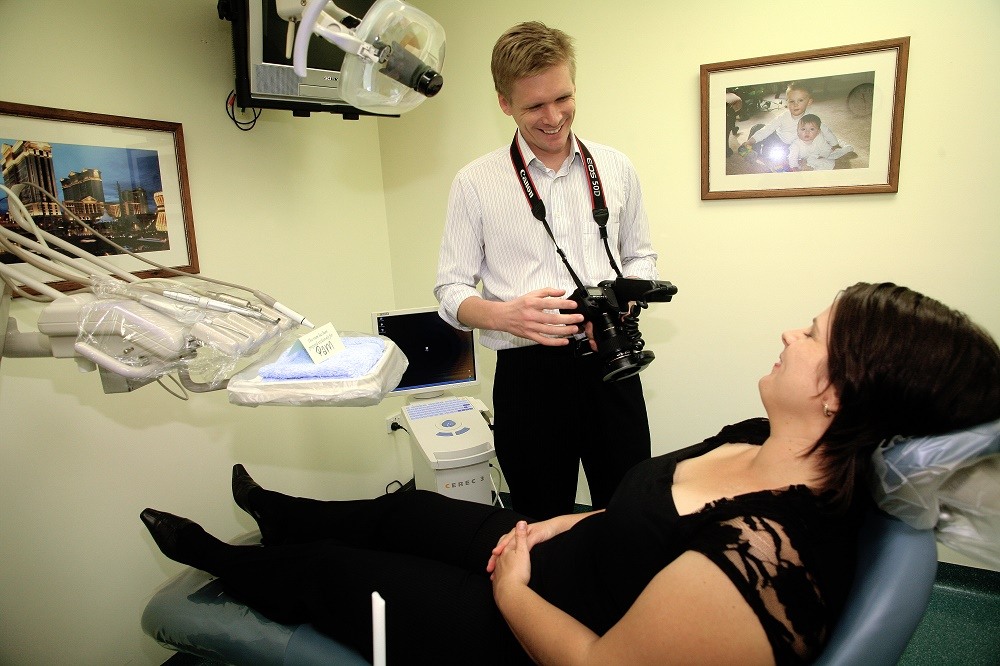What does the patient have?
Navigation is a simple concept: know where you are, and where want to go. It's simple, but not necessarily easy.
Once you have established what the patient wants, we will know where we want to go.
Where then should we start?
In a specialist practice, it's easier to get into a methodical routine, because your patients fall into a much narrower band of presenting cases and issues. For instance, it's pretty easy to do a full mouthperio chart on every single patient when you area periodontist. But perhaps not if you are an endodontist.
Our difficulty in general practice is that we have such a varied group of patients who come through the door. It can be hard to take the time to look at the whole situation carefully.
At this point, you need to decide on what sort of practice you want. There is no one sort that is ideal. However, it turns out that a large part of how your practice will be determined by how you run your first appointment.
- If your first appointment looks like a rush to do a single procedure to fix a single problem, then your first appointment will be profitable, and likely lead to more single-visit emergency-type appointments.
- If your first appointment is spent discussing the patient's overall condition, then your first appointment will not be profitable, and you will likely do these types of comprehensive dentistry cases over time.
We generally do that latter, and so to bring the time down to manageable levels we utilise very well-trained auxiliaries.
1. Typing notes
Your staff should be trained to start typing every time you start speaking. Don't just do a summary of the conversation at the end of the day when you forget, but document the entire conversation.
They should be trained to break conversations down and put things like "diagnosis...." and "treatment options; 1..... 2.... 3..." etc. If you do this, not only will your notes be more comprehensive than they are now, but they will take you no time at all.
We demonstrate this during the RETP (Rapid Efficient Treatment Planning) course. This is the backbone of doing a comprehensive exam in a realistic general practice time frame.
2. Photography. Every patient. Every time. Do a standard set of photographs. Full face. Occlusal. Smiles left, front, right. Retracted. Even for toothaches.
Once again, if you are really time poor, train your staff to take these. Remember that all the photographs that I post are taken by my staff.
3. Radiographs. I get an OPG on every patient. So from this, I can quickly decide where to direct intra-oral radiography. Usually I snap bitewings. Then I take PA's of any teeth that are suspected to have endo problems. I use two staff during this time: one takes the films out to the scanner; the other scribes my radiograph report which I dictate orally (bone levels, caries, endo etc).
4. Headache history - helps to determine various parts of bruxism.
5. Anterior temporalis - sore to palpation?
6. TMJ - pain to palpation on opening closing and any clicks or other vibrations.
7. Lymph nodes - saliva gland palpation.
8. Soft tissue assessment (cancers etc)
9. Perio diagnosis. I probe just about every inteproximal area as a screen. From this and the OPG, I decide a diagnosis and then whether to do full recordedperio charting.
10. Ortho diagnosis. Class 1,2,3. Crowding etc etc.
11. Occlusal diagnosis. Wear. Parafunctional pattern. Risk. Cracks/fractures.
12. Commentary about teeth (note that it is last as it is the least important). I do not do a traditional 'reading out the teeth that are present'.
Charting of restorations and missing teeth is done from the OPG and the photos. My staff are trained to start doing this for me, then I just quickly check that it is in order. Further, if a forensic request comes in, the photographs will be much more accurate than a charting ever will be.
Now, because of the way I work with my staff, and because I do the same routine every time, it does not take very long.
During RETP, I demonstrate this live with one of my assistants typing the notes onto the lecture screen. The photos I usually do in about 90 seconds. And the exam I timed it to be about 2 minutes 40 seconds during the last course I ran.
Why is speed important?
Because if I tell you to do something that takes 40 minutes, there is no way that most of you can integrate it into your practice without going broke.
But most of you can take about 2 minutes longer to do a really thorough exam.
There are some cases where I will prescribe further records such as ortho models, lateralcephs, CBCT, mounted models, but I don't do them on every patient in a general practice. It's overkill.
Now you know where you are starting from!
To Read The Tripod of Treatment Planning Part 1 click here, or part 3 click here.






